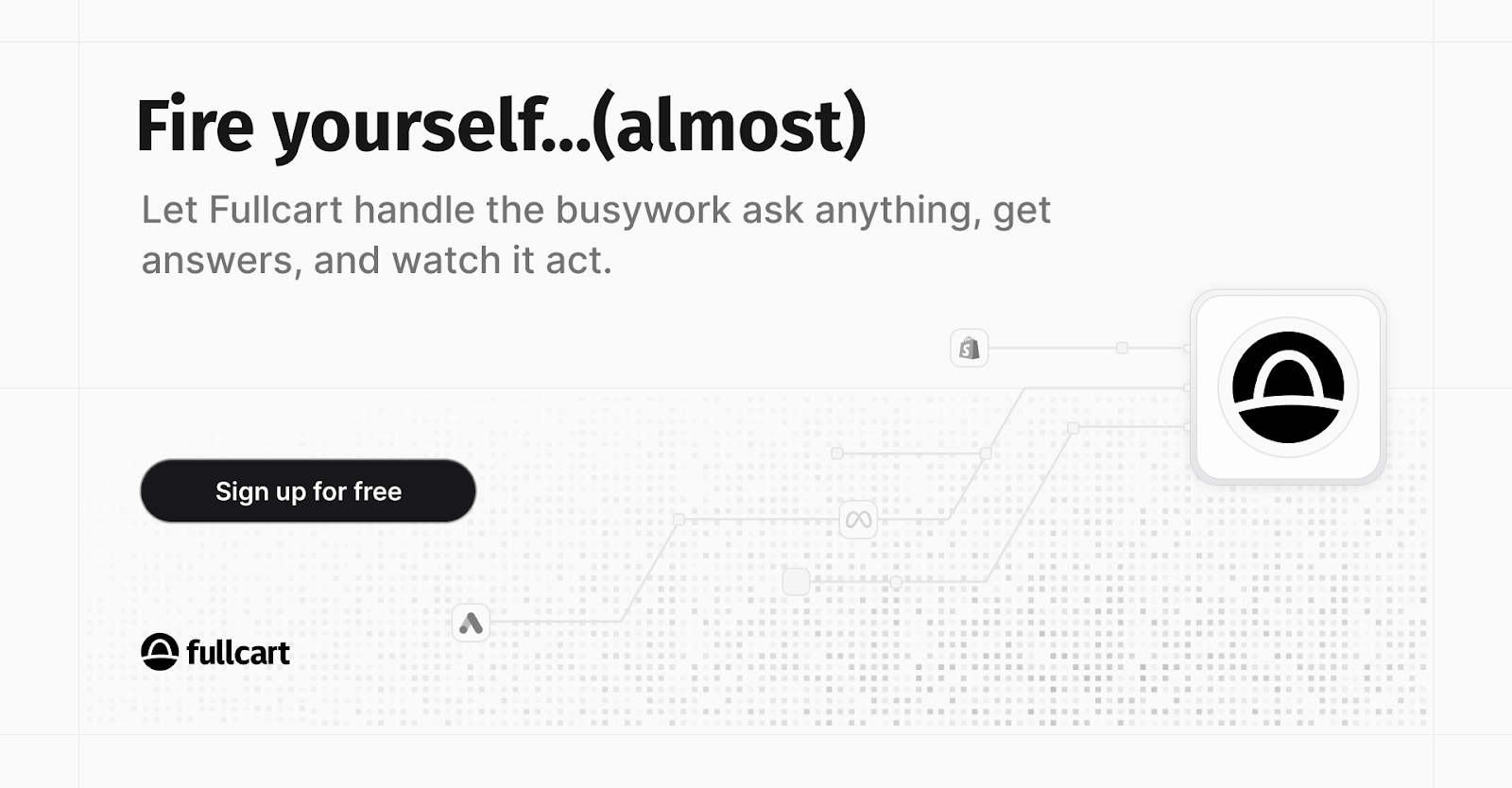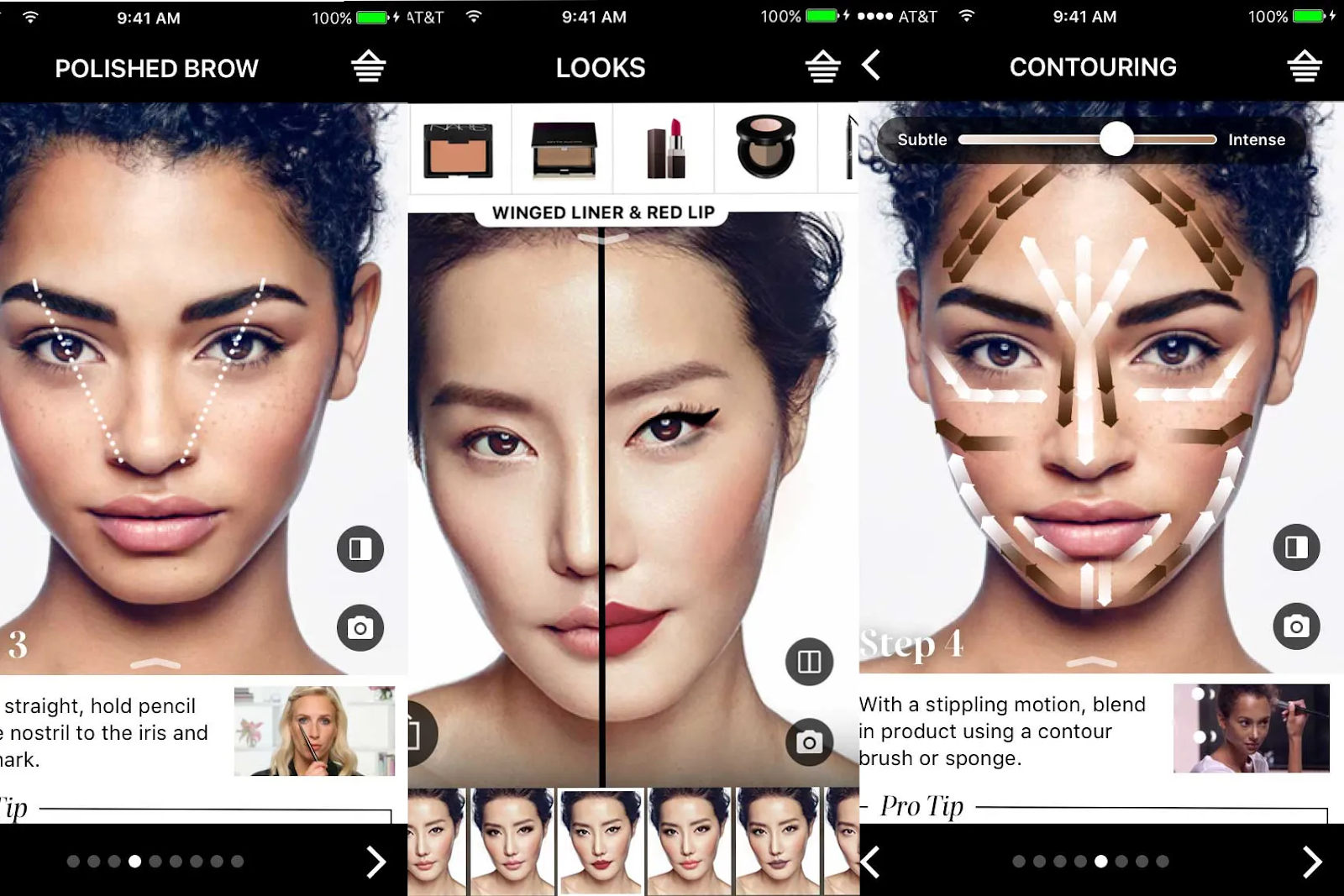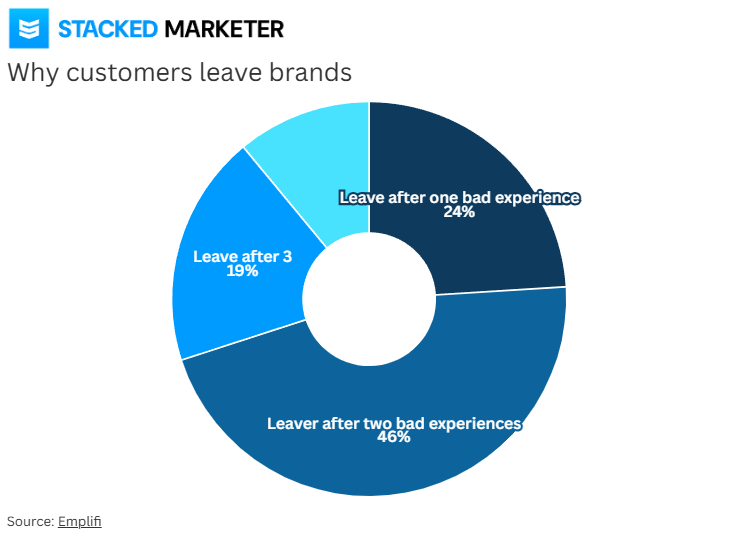Predicted Happiness Drives Purchases
📊 Apply psychology to your campaigns, AND find out why 70% leave after poor service.

Hey there 🧠
Ready for another day of staying ahead of the competition in the Growth race?
Oh and before we go ahead! If your friend sent this to you, be sure to subscribe here! So you don’t miss out on any editions.
Partnership with Fullcart
The one AI Operator your ecom stack’s been missing

You already have the data: Shopify, Meta, Klaviyo, but none of them talk. So you waste nights asking questions your tools can’t answer: Why did AOV dip last week? Which ad is burning cash? Who’s actually coming back to buy again?
Fullcart is the AI Operator that analyzes your data across every platform, surfaces what’s breaking, and tells you exactly what to fix before it hurts your P&L.
📊 Connect Shopify, Meta, and Klaviyo to see your real numbers in one clean, live view.
🤖 Ask anything like “Which campaign drove repeat buyers?” and get instant, reliable answers.
⚙️ Automate ops to pause bad ads, sync inventory, and issue refunds without leaving your screen.
Top operators are already saving 8+ hours a week and making faster, higher-margin decisions.
Imagine waking up to a single dashboard that knows your business better than you do and acts faster. That’s Fullcart.
Try Fullcart free today and see how your data can finally start working for you!
💡 Decision Utility: How Predicted Happiness Shapes Buying Behavior
Humans are not good at predicting how they will feel in the future. The excitement you feel when buying concert tickets often fades by the time the event arrives. The shiny new gadget that once felt essential might be collecting dust weeks later.
Psychologist Daniel Kahneman called this bias Decision Utility, meaning the happiness we expect to get from a decision before actually making it. In a 1992 study, participants were asked to eat the same yogurt for eight days and predict how much they would enjoy it. They believed their satisfaction would remain high, but it dropped significantly as they got bored.
For marketers, understanding this bias can completely change how campaigns are designed and how emotional triggers are used to influence buying behavior.
1️⃣ Sell the Peak Moment, Not the Process: Customers buy based on the emotional high they imagine. Great brands sell the vision of that high, not the steps to achieve it. Airbnb sells the fantasy of waking up in a Tuscan villa, not the airport check-in process. Peloton shows the joy of a post-workout glow, not the early morning alarm. Your campaigns should emphasize the imagined reward, not the effort.
2️⃣ Use Testimonials That Describe Emotional Payoff: Testimonials that highlight how something made customers feel are more powerful than those that focus only on quality. Headspace uses reviews that describe calmness and peace rather than technical benefits. Emotional proof connects directly with Decision Utility and helps new customers project the same feeling onto their future experience.
3️⃣ Give Users a Taste of the Experience: Help your audience feel the outcome before they commit. Offer free trials, demos, or samples that give an immediate sense of reward. Sephora’s virtual try-on feature lets customers preview products and feel confident before buying, which reportedly boosted sales by 38 percent.

The Takeaway
Decision Utility fuels anticipation, and anticipation fuels purchases. When your marketing helps customers experience a small part of the joy or satisfaction they expect, the buying decision becomes natural, not risky.
💡 Two Strikes and You’re Out: The Harsh Reality of Customer Experience
Insights from stackedmarketer
Customer patience has never been thinner. A single poor experience can push someone away, and two bad experiences are often enough to lose them for good. The tolerance for poor customer service is incredibly low, and the data proves it.

A quarter of customers will leave after just one negative experience. Nearly half will walk away after two. That means 70 percent of your customers disappear after only two poor interactions. No matter how good your marketing is, service quality determines whether those customers stay.
1️⃣ Why This Matters: Marketing brings customers through the door, but it is the service that keeps them there. A late reply, a dismissive tone, or a confusing handoff can be all it takes to drive someone away. Every point of contact shapes your reputation, and you often get only one chance to make it right.
2️⃣ Treat Service as a Retention Channel: Most teams treat service as reactive support, but it should be viewed as part of your marketing funnel. Every conversation is an opportunity to reinforce trust, loyalty, and value. The best brands treat every customer interaction as retention marketing in motion.
3️⃣ Track Service Like Ad Performance: Start measuring your service metrics the same way you track campaign results. Look at churn driven by poor service, response times, tone consistency, and issue resolution speed. Make “saving the customer” a shared KPI between your marketing and customer service teams. When both departments own the customer journey, retention naturally improves.
The Takeaway
You do not get endless chances to impress your customers. Two strikes are often all it takes to lose them. Great marketing can capture attention, but consistent, empathetic service is what earns loyalty. Treat every customer touchpoint as an extension of your brand promise, and you will build relationships that last.
As we prepare more "Growthful" content, we'd love to hear your thoughts on today's edition! Feel free to share this with someone who would appreciate it. 🥰